The Tripitaka Koreana is a collection of Buddhist texts, laws, and treaties originally created during the 11 th century by the Korean kingdom of Goryeo. The Tripitaka Koreana was carved onto woodblocks and stands as the most comprehensive and oldest intact version of Buddhist canon in Hanja script, with no known errors or errata. During the Mongol invasions, the original collection was destroyed. Shortly after that, however, a second set of the Tripitaka Koreana was created. Around the end of the 14th century, the woodblocks were transferred to the Temple of Haeinsa, and have been stored there since then. The significance of the Tripitaka Koreana, and the temple where it is kept, has been recognized both nationally and internationally. Apart from being national treasures of Korea, the Temple of Haeinsa is a UNESCO World Heritage Site, whilst the Tripitaka Koreana has been inscribed in UNESCO’s Memory of the World Register.
Tripitaka Koreana: 81,258 Buddhist woodblock “texts”
The Tripitaka Koreana is known also as the Palman Daejanggyeong. The word Tripitaka is Sanskrit for “Three Baskets” and refers to the ancient collections of Buddhist scriptures. Palman Daejanggyeong, which means “Eighty Thousand Tripitaka,” is perhaps a more descriptive name, as this collection of Buddhist texts consists of 81,258 woodblock “texts.”
The entire collection is divided into over 1,496 titles, and 6,568 volumes, and contains a total of 52,330,152 Hanja characters . The Tripitaka Koreana is not only the most complete collection of Buddhist texts in Hanja characters, but also remarkably accurate, as there are no known errors in the entire collection.
Due to the high level of the Tripitaka Koreana’s accuracy, the Japanese, Chinese, and Taiwanese, versions of the Tripitaka are based on this ancient Korean collection.
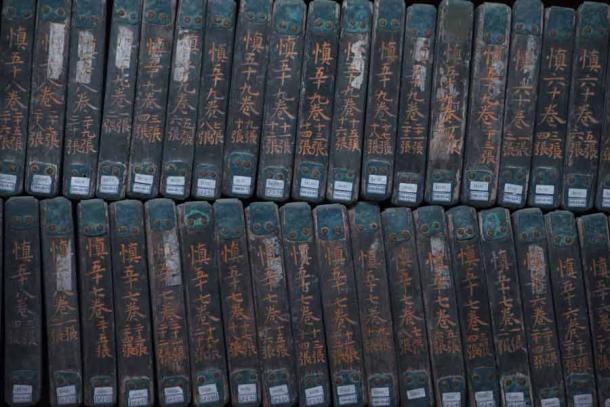
Stacks of Tripitaka Koreana woodblocks at Haeinsa Temple in South Korea. ( shoenberg3 / Adobe Stock)
Another amazing aspect of the Tripitaka Koreana lies in the consistency of the style of the calligraphy . The style is so consistent that it was long believed to have been the work of a single person. Today, however, there is a consensus amongst scholars that there were up to 30 people involved in the carving of the Tripitaka Koreana.
The woodblocks themselves are also worth mentioning. These were made from birch wood from the southern islands of Korea, which were first treated to prevent the wood from decaying. The wood was initially soaked in sea water for three years, before being cut up into blocks. After that, the blocks were boiled in salt water, placed in the shade, and exposed to the wind for another three years.
The next stage was the carving of the woodblocks. This, however, was not the final stage, as the carved woodblocks were then covered in a poisonous lacquer to prevent insects from damaging them. Lastly, the woodblocks were framed with metal to prevent warping.

Copy of a Tripitaka Koreana woodblock. ( CC BY-SA 3.0 )
Buddhism Arrived in Korea From China in the 4th-century AD
Buddhism was introduced into Korea from China during the 4th century AD. During the Goryeo period, i.e., 10th to 14th centuries AD, Buddhism became the national religion of Korea. One of the great achievements of the Buddhist rulers of Goryeo was the creation of the Tripitaka Koreana.
During the 11th century, Goryeo was at war with the Khitans. To invoke the divine protection of the Buddha against his kingdom’s enemies, the Goryeo king commissioned the Tripitaka Koreana. The carving of these sacred texts onto woodblocks began in 1011 and was finally completed in 1087. Unfortunately, the original woodblocks were destroyed during the Mongol invasions of Korea, which began in 1231.

Korean Buddhist monks walking at the Temple of Haeinsa in modern times. ( natmacstock / Adobe Stock)
In the decades that followed, the Mongols launched several military campaigns against Goryeo. In the second year of the war, the capital of Goryeo was moved from Kaesong to Ganghwa Island, as the latter could be more easily defended against the Mongols. In 1236, King Gojong ordered the Tripitaka Koreana to be remade. Once again, the sacred scriptures were carved in the hopes that the Buddha would protect Goryeo against the foreign invaders.
The second set of the Tripitaka Koreana took 16 years to carve and was finally completed in 1251. It is unclear as to where the Tripitaka Koreana was kept in the century and a half that followed. In 1398, however, the woodblocks were moved by the Yi Dynasty, the royal house of Goryeo’s successor, Joseon, to the Temple of Haeinsa. The Tripitaka Koreana has resided in that temple till this day.
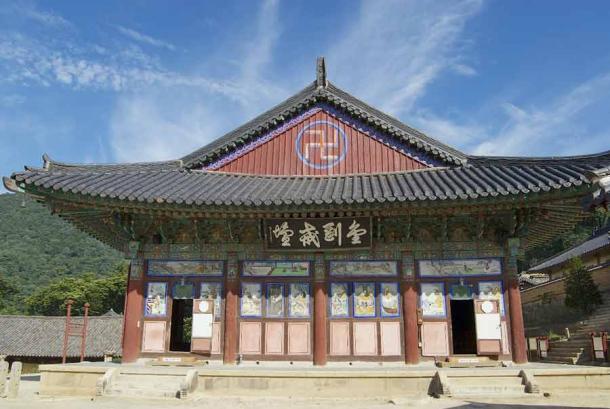
The exterior of the main building at the Temple of Haeinsa, South Korea. ( Dmitry Chulov / Adobe Stock)
Temple of Haeinsa: Home of “Second” Tripitaka Koreana
The name of the Temple of Haeinsa has been translated to mean “Reflections of the Calm Sea.” The temple is situated on Mount Gaya, in the southern part of the Korean Peninsula. The temple predates the Tripitaka Koreana, as it was built in 802 AD during the reign of Aejang, the ruler of Silla.
According to one legend, the king’s wife was suffering from a strange illness, and none of the royal physicians were able to treat her. Therefore, the king sent officials to the four corners of his kingdom to search for monks who might be able to cure the queen. At the site where Haeinsa would later be built, two Korean monks, Suneung and Ijeong, who had returned from China, established a hermitage. When one of the king’s officials came to the site, he saw a brilliant radiance emanating from the monks, and asked them to return to the palace with him.
The monks, however, refused the official’s request, but gave him a spool of thread with five colors. They told him to tie one end of the thread to the queen’s finger, and the other to a pear tree in front of the palace. The official returned to the palace and did as he was instructed by the monks. Whilst the queen regained her health, the per tree withered, and died. In gratitude to Suneung and Ijeong, the king donated the site of Haeinsa to the monks and had a Buddhist temple built there.
An alternate story regarding the temple’s origin states that it was Suneung who established the temple at Haeinsa after attaining enlightenment in China. Although the queen appears in this story as well, it does not involve her being sick, nor was she miraculously cured by the monks. Instead, she is said to have been a supporter of Buddhist monks, following her conversion to Buddhism under Suneung’s guidance. Following Suneung’s sudden death, construction of the temple continued and was completed by Ijeong.

The Tripitaka Koreana is an amazing collection of 81,258 Buddhist scriptures carved onto wooden printing blocks that have lived at the Temple of Haeinsa since 1398 AD. ( CC BY 2.0 )
The Haeinsa Library or Tripitaka Library Was Built to Last
The Tripitaka Koreana is stored in the temple’s Janggyeong Panjeon or Haeinsa Library. This library is located at the highest point of the temple complex, even higher than the hall housing the main Buddha of the temple. As mentioned earlier, the woodblocks were specially treated to preserve them from deterioration. In addition to this, the library was ingeniously designed to protect them even further.
The library’s design was also functional, as it allowed the woodblocks to be easily accessed and stored. The design of the library provides natural ventilation, and modulates temperature and humidity, thereby contributing to the Tripitaka Koreana’s excellent preservation for more than 600 years. Incidentally, the library has survived seven serious temple fires, including one in 1818, which burnt down most of the temple complex.
There is little doubt about the Tripitaka Koreana’s significance to the Korean people. In 1962, this priceless collection of Buddhist texts was designated as a National Treasure of South Korea. In 2007, the Tripitaka Koreana was also inscribed in the UNESCO Memory of the World Register. Likewise, the importance of the Janggyeong Panjeon which houses the Tripitaka Koreana has also been recognized.
Top image: The Tripitaka Koreana woodblocks in their “special” library, which has survived the centuries unharmed. Source: Ralph Paprzycki / Adobe Stock
By Wu Mingren
References
Related posts:
Views: 0
 RSS Feed
RSS Feed

















 May 19th, 2021
May 19th, 2021  Awake Goy
Awake Goy 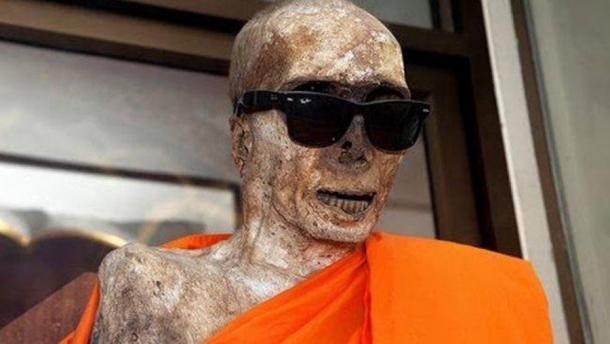

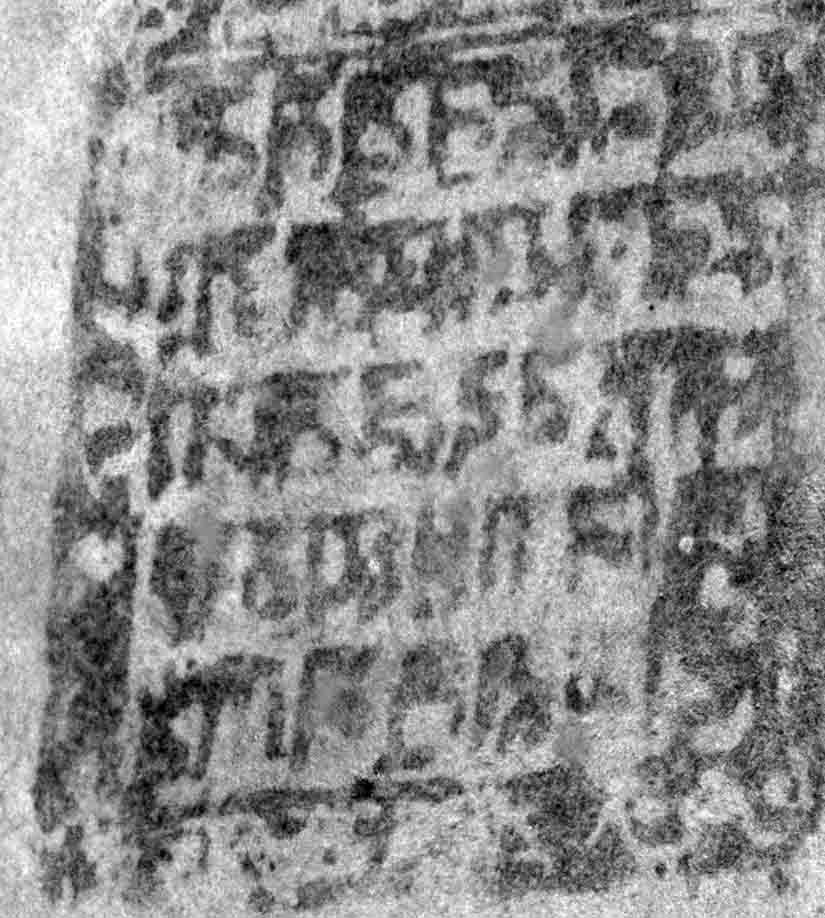
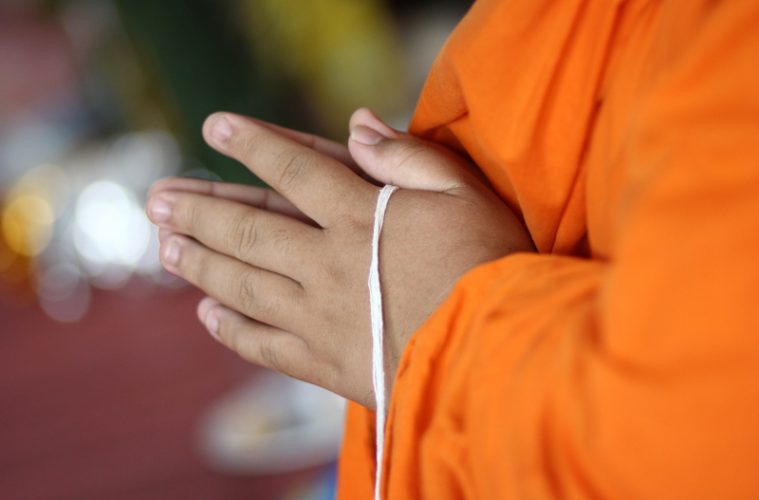
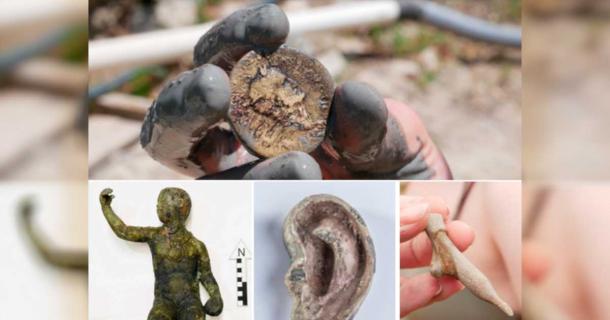
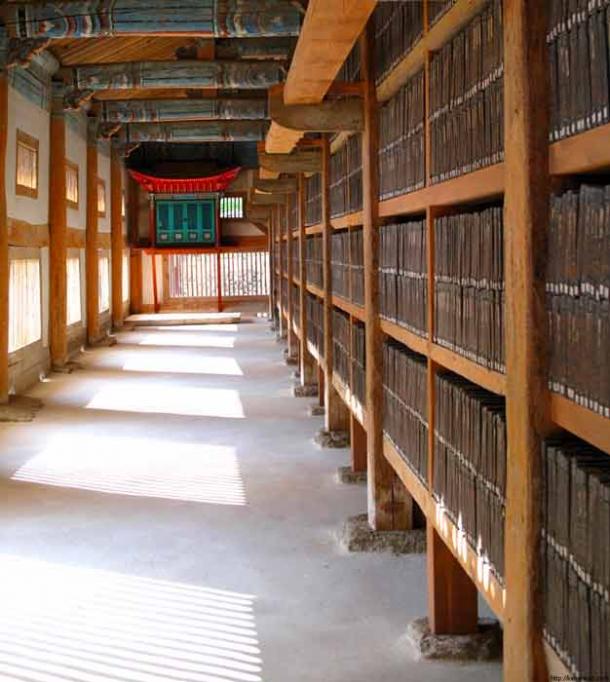
 Posted in
Posted in  Tags:
Tags: 
















